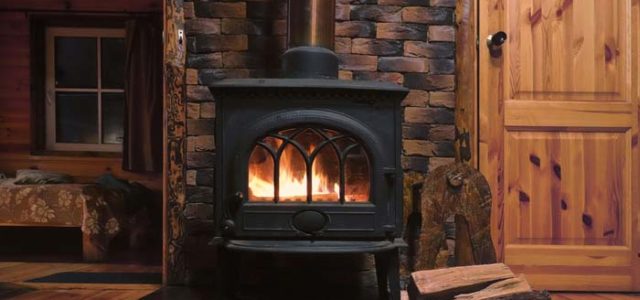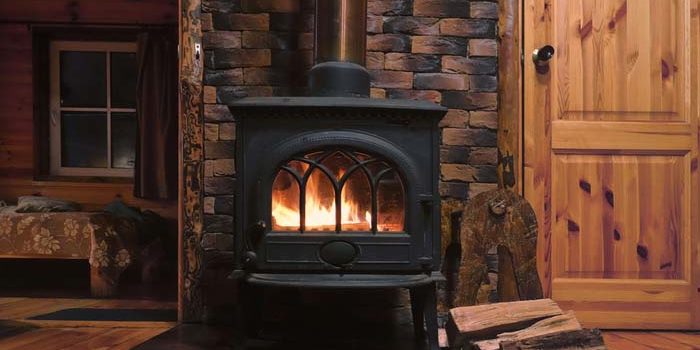


It’s that time of year when the cold creeps in and you’re wishing you could just get warm in your own home. Maybe you’re finding your old furnace isn’t keeping your home as warm as it should. Maybe it’s too expensive to run. If so, it’s time to think about a new furnace!
Today we’re going to help you decide on the features and performance you need in a new furnace. We’re going to go over the factors that go into furnace cost and help you decide on what you’re looking for in a new furnace for your home.
Is it Time to Think About a New Furnace?
Quality
If you’re looking for serious quality then you can’t go wrong with the top brands. Lennox, Trane and Carrier are all considered premium brands, and they’re typically rated to last for up to 25 years. However, these are typically also the most expensive brands, as they last the longest by far of any furnaces in the field.
For someone looking to keep costs down, you could opt for a budget brand. Brands like Aire-Flo, Goodman and Payne are only rated for around 12 to 16 years, but they also have the lowest base price of any furnace. If you’re looking for the middle-of-the-road options, brands like Rheem, York and Amana are rated for 15 to 18 years and sport middling prices.
Size
No matter what brand you select, the size of the furnace will change based on how much space you need it to heat. Typically, furnaces are sized between 40,000 and 120,000 Btu. Typically the range in between these numbers is in increments of either 10,000 or 20,000 Btu.
Depending on the amount of square footage you’re trying to heat, the price of the furnace could vary greatly. That’s on top of the considerations you need to make for brand, of course. However, generally speaking, the size is a good first consideration when you think about getting a furnace. If your furnace is too small, it won’t adequately heat your home. If it’s too big, your home will get too hot and stuffy.
Type of Heating
The type of heating your furnace emits is a big consideration in both unit price and ongoing price. If you’re finding your current furnace is very inefficient, it might be due to the type of heating it’s utilizing.
For instance, if you have a single-stage furnace you might find you’re getting unheated air at the start and end of the cycle, which is wasting gas. Single stage furnaces are also much louder and often have uneven heating amounts. All manufacturers have furnaces of this variety available.
Two-stage furnaces are more efficient than single-speed, as they have variable-speed blowers to help smooth things out. They run more quietly and efficiently thanks to their two-stage approach, more evenly heating and carrying heat to your home without using as much gas. Usually the standard or high-tier brands make these types of furnaces.
Finally, variable-capacity valves are the best-performing furnaces, but also the most expensive. These are also known as modulating heat furnaces, and they ensure your home stays one consistent temperature. If you live in an especially cold area, a high-quality furnace like this would be ideal for you. Only standard and high-tier brands make these.
Efficiency
Annualized Fuel Utilization Efficiency, or AFUE, is a quick measurement of how efficient a given furnace is. It usually goes hand in hand with heating type, although not always. The AFUE is given as a percentage, and that percentage indicates how much of the heat the furnace creates is sent into the ductwork.
If you live in a Southern climate with mild winters, you might not mind an 80% furnace that isn’t terribly efficient, as you pay a much lower price for it. However, if you live up North with harsh winters, you don’t want a furnace that is that inefficient. You would instead opt for a 97% furnace to ensure your home was getting the most warmth possible.
Selecting Your Furnace
Selecting which furnace to get isn’t as hard as it might sound. Generally speaking, you want to consider where you live and whether you need higher amounts of efficiency, size and brand quality. If you live in a very large house in a Northern climate and plan to live there indefinitely, you’re going to spend more.
If you live in a small home in the South that you’ll be selling in a few years, however, you might get out spending a bit less on your furnace. Either way, make sure you carefully consider these variables before making a decision!











No comments so far.
Be first to leave comment below.